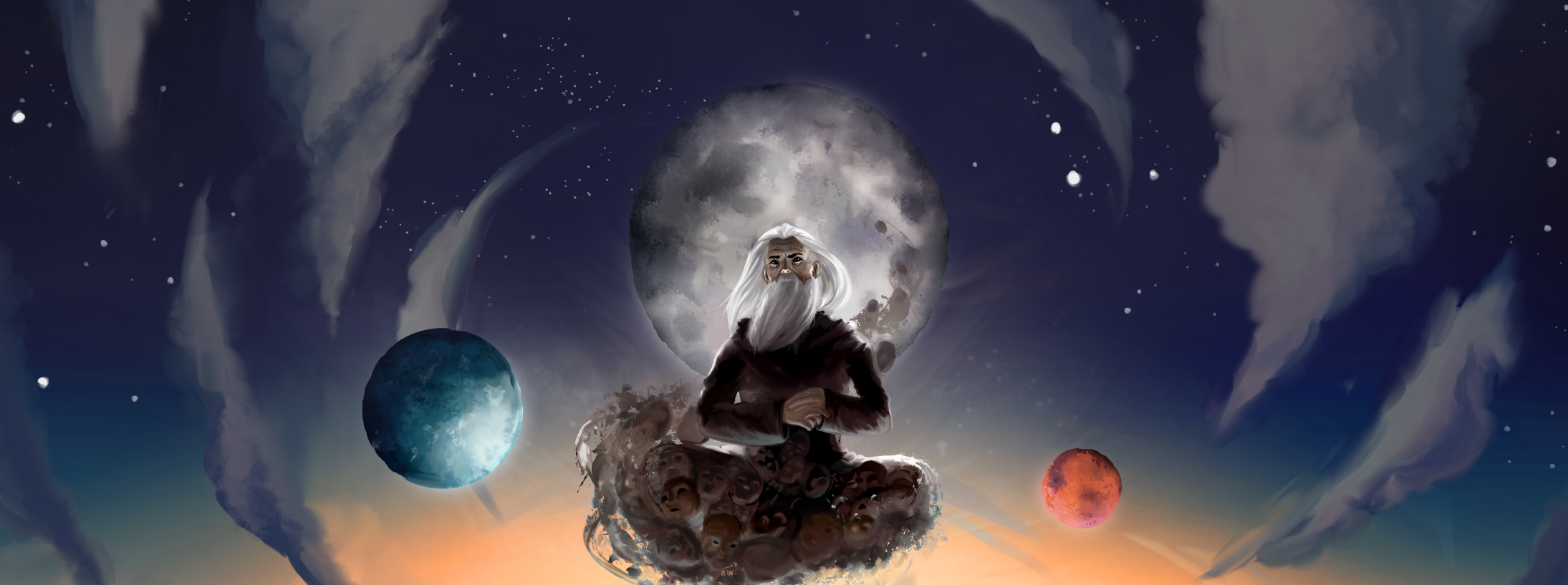Goblin
Appearance
Goblins are typically short and lean in stature, with sharp facial features, and pointed ears. Their height ranges from 3-4 ft. Their hair colors are typically dark, ranging from brown to black, occasionally a deep red. They very rarely have facial hair, though rare recessive genes do exist that allow some goblins to have facial hair. Their skin colors are typically a dark green shade, though regional variances can tend towards grey, desaturated tones, and even a mustard yellow. Their eye colors are highly varied, though typically green, brown, or blue.Biology
It is believed that goblins actually have ties to Elves, inheriting their sharp facial features and pointed ears from them. Goblins reproduce in mammalian fashion, with a short gestation of 3 months. Goblins reach full maturity within 10 years, and have an average lifespan of 60 years.History
In the 1st Epoch Goblins were mostly found upon the Innish Isthmus and the northern regions of Weilonde, living upon Elven and Dwarven lands. They lived mostly underground, in self made or natural tunnels. This allowed them to cohabitate with Elves rather peacefully, yet lead to frequent strife with Dwarves. Goblins are naturally community and family oriented, but have always struggled to form larger communities, or unite under a single banner. This is because most Goblins are strong willed, and value their independence. This makes them ambitious hard workers, yet leads to frequent friction against the ruling authority. This lack of unity between their communities kept Goblins fractured going into the 2nd Epoch. Dwarves rose to power with the rise of the Inniash Khaganate, and began forcing other populations (such as Orc and Minotaur) out of the Innish Isthmus. Goblins were among these populations. Some fled southeast to Etherionde, and the rest fled west to Weilonde. This dispersal of the Goblin lead to a tenuous time for them throughout the 3rd and 4th Epochs. Goblin populations had to fight tooth and nail to carve out their place in the world, and most other communities were unwilling to accept them peacefully. This lead to a wide array of harmful racist stereotypes to arise, depicting Goblins as bloodlusting thieves and monsters that only seek to raid and pillage. In truth, Goblins were invasive to some extent, forced to settle in already settled lands, naturally leading to contention over the resources available. Some Goblin communities did indeed decide to wield force to further thrive, and the centuries of war yielded a new subrace, the Hobgoblin. Hobgoblins are more muscular and slightly taller than your average Goblin, with a meaner temperament. The vast majority of Hobgoblins migrated to the Shasarek Shogunate upon its foundation. Most people would not distinguish between the warlike Hobgoblins, and the more peaceful Goblin communities simply seeking to survive.Towards the end of the 4th Epoch, as larger nations emerged, public sentiment towards Goblins began to change. As larger nations were able to build infrastructure, trade networks flourished, and the vying for immediate resources wasn't as necessary. This ended the primary source of conflict with most Goblin communities. It was soon found that those communities that had accepted Goblins thrived for it. Goblins are among the most skilled craftsmen in the world, their finger dexterity being unmatched, and having a natural penchant for engineering and mechanics. Their ambitious nature also made them some of the most productive members of the communities they lived in. In the 5th Epoch the racist stereotypes Goblins were once held to have all but melted away. Only the Elven Princedom maintains a hatred of Goblins, born of their constant war with the Shasarek Shogunate and their large Hobgoblin population. Besides the Elven Princedom, Goblins can be found to have healthy communities in every nation, and are among the most widespread populations in the world. Their capabilities with machinery is a contributing factor to the modern rise of industrialism.

